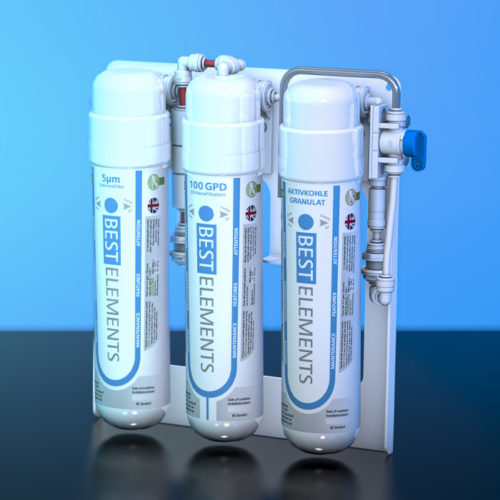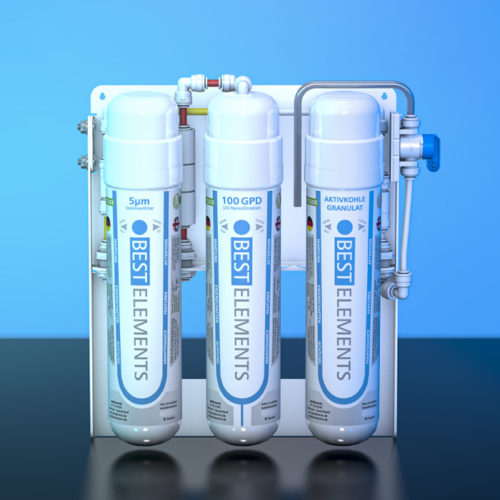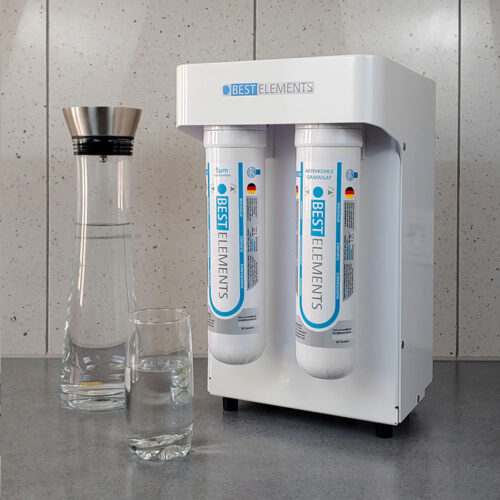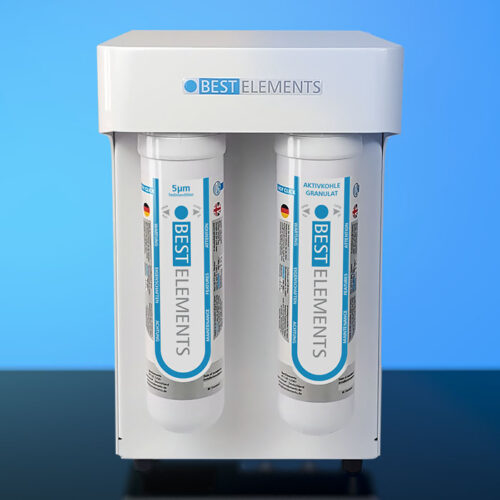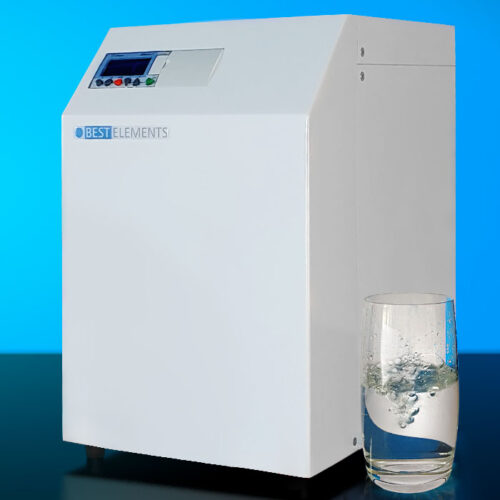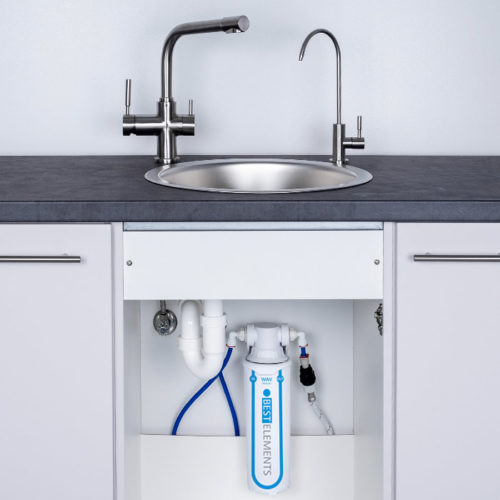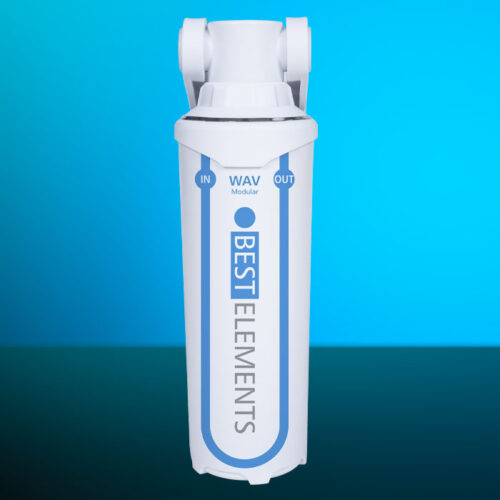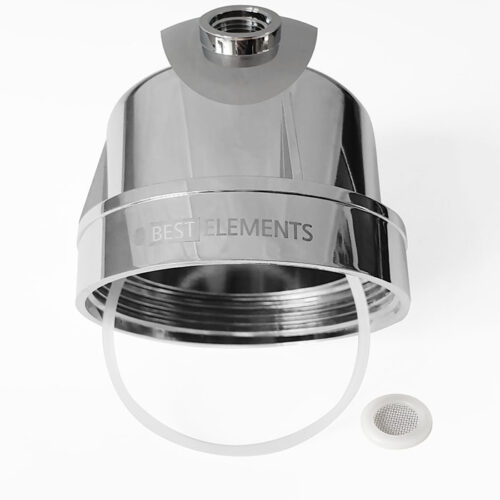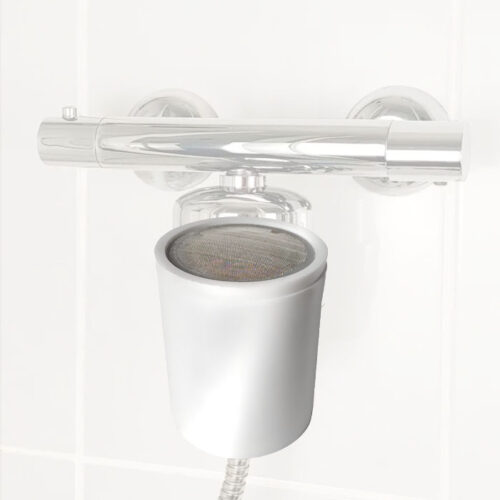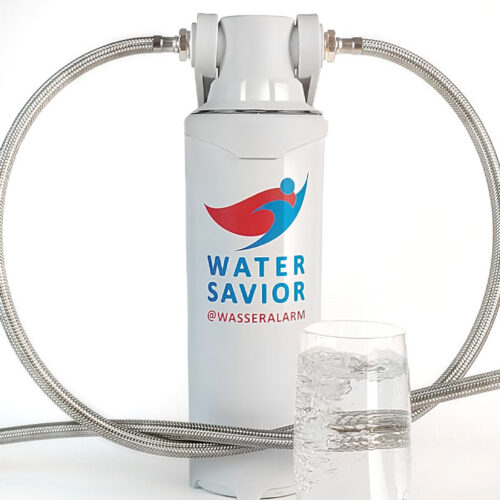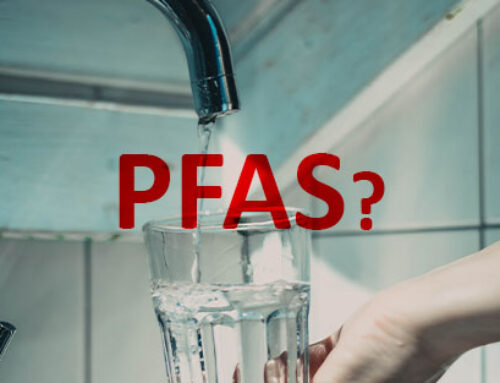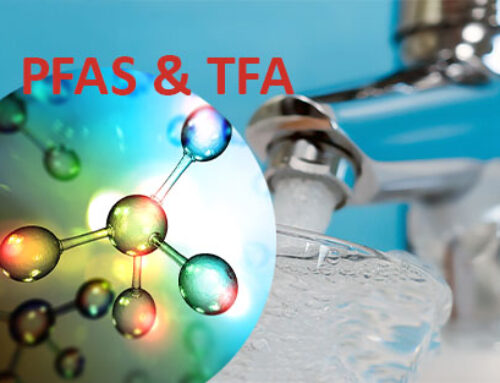A huge and growing problem is drug residues excreted from the body or disposed of through the toilet. These active ingredients remain in the water cycle and can only be inadequately filtered by sewage treatment and waterworks. If these substances are absorbed again in the drinking water, they act again in the body. A prominent example is the birth control pill. Public law reports report on impacts in German rivers.
The increasing amount of pharmaceutical residues ending up in drinking water is an increasingly worrying environmental and health problem. These residues come from medications that people take and then excrete through their urine. Incompletely metabolized medication residues that are flushed down the toilet when disposing of expired or no longer needed medications also contribute to this problem.
There are several factors leading to this increasing burden:
- Growing use of medications: As medical research and development advances, more and more medications are being developed for a variety of diseases and conditions. The wider availability and use of medicines inevitably leads to an increase in the amount of active pharmaceutical ingredients in wastewater.
- Incomplete metabolism in the human body: Some drug residues cannot be completely broken down in the human body. These residues then end up in the urine with the wastewater and ultimately into sewage treatment plants.
- Unwanted entries due to improper disposal: A significant proportion of drug residues come from the improper disposal of drugs by end users. Many people tend to flush expired or no longer needed medications down the toilet instead of disposing of them correctly.
- Limited effectiveness of sewage treatment plants: Although modern sewage treatment plants are designed to remove various contaminants from wastewater, they cannot completely eliminate all active pharmaceutical ingredients. Sewage treatment plants reach their limits, particularly when it comes to complex mixtures of drug residues.
The increased presence of drug residues in drinking water is not only an ecological threat to aquatic ecosystems, but also a potential risk to human health. Some of these pharmaceutical substances are considered hazardous to the environment and there are concerns about long-term effects on human health, although concentrations are currently considered low.
-
Drug residue in the water
The amount of drug residues ending up in drinking water is increasing
Source: focus.de in-der-toilette-runtergespuelt-stadtwerke-warnen-vor-increasing-the-medication-remains-in-the-water -
Medicines contaminate our drinking water
and the burden will continue to grow. 269 active pharmaceutical ingredients detected in the environment.
Source: focus.de environmental pollution-medications-contaminate-our-drinking-water-and-the-pollution-will-continue-to-grow -
Drug residues, antibiotics, hormones
Active ingredients in the water cycle
Sources: Umweltbundesamt.de water law, groundwater law -
Drug residues
Wastewater in more than 60 major cities: shocking results
Source: bild.de crystal-meth so-drug-contaminated-is-our-sewerage

